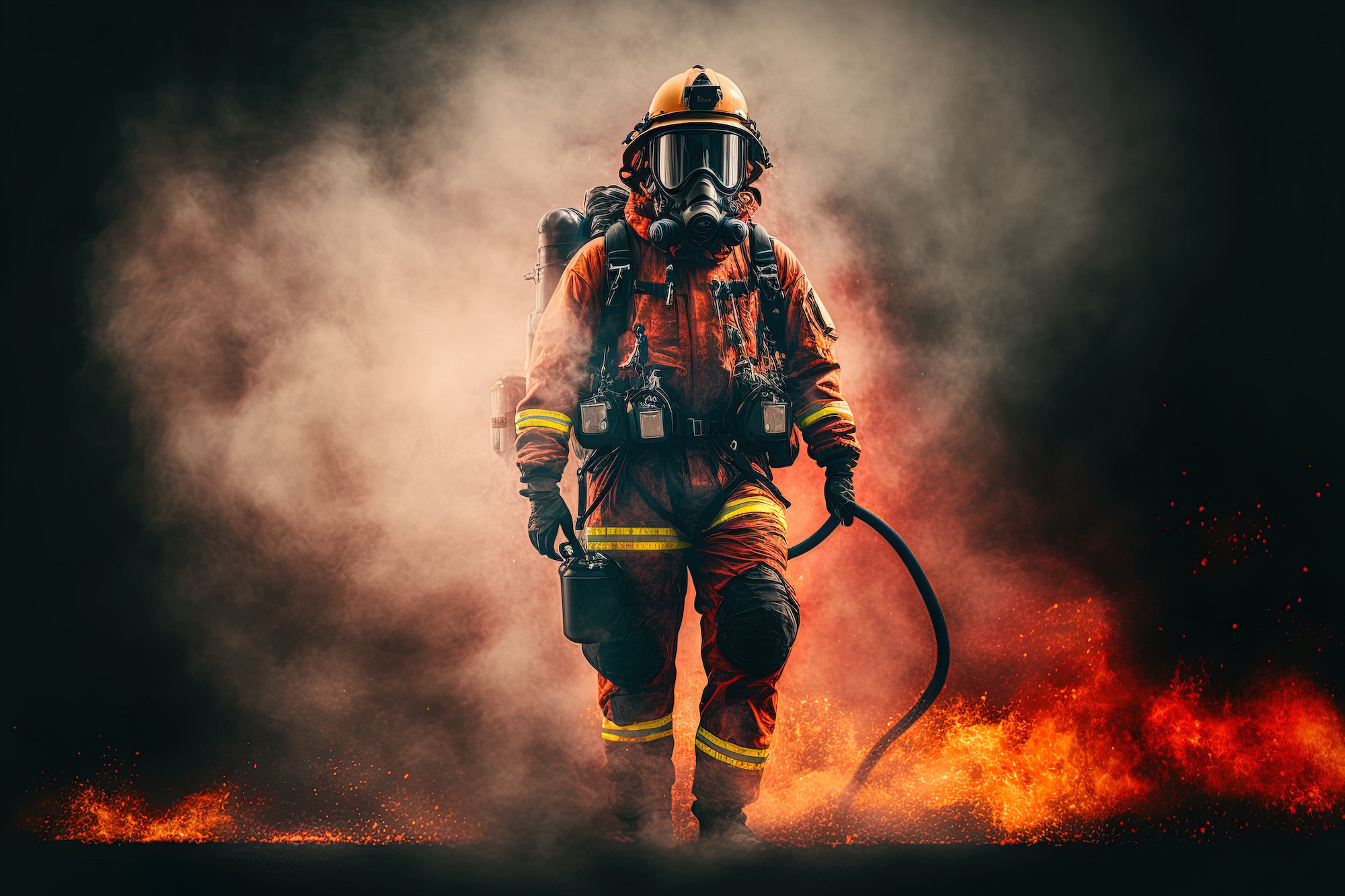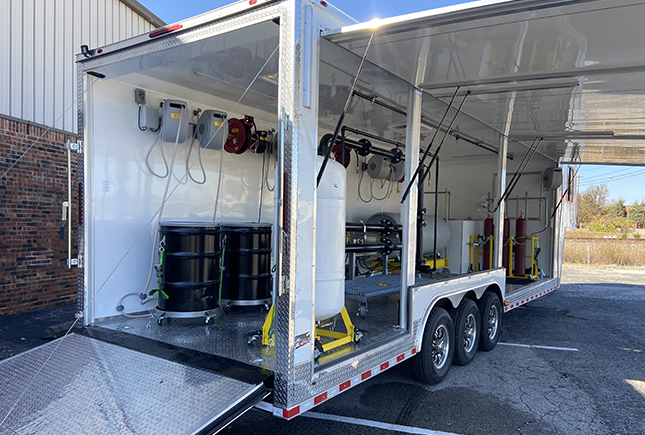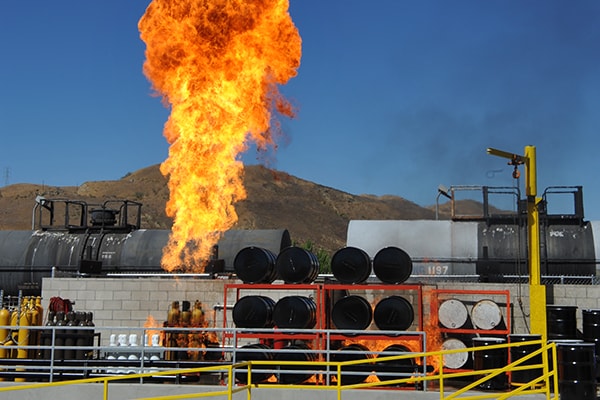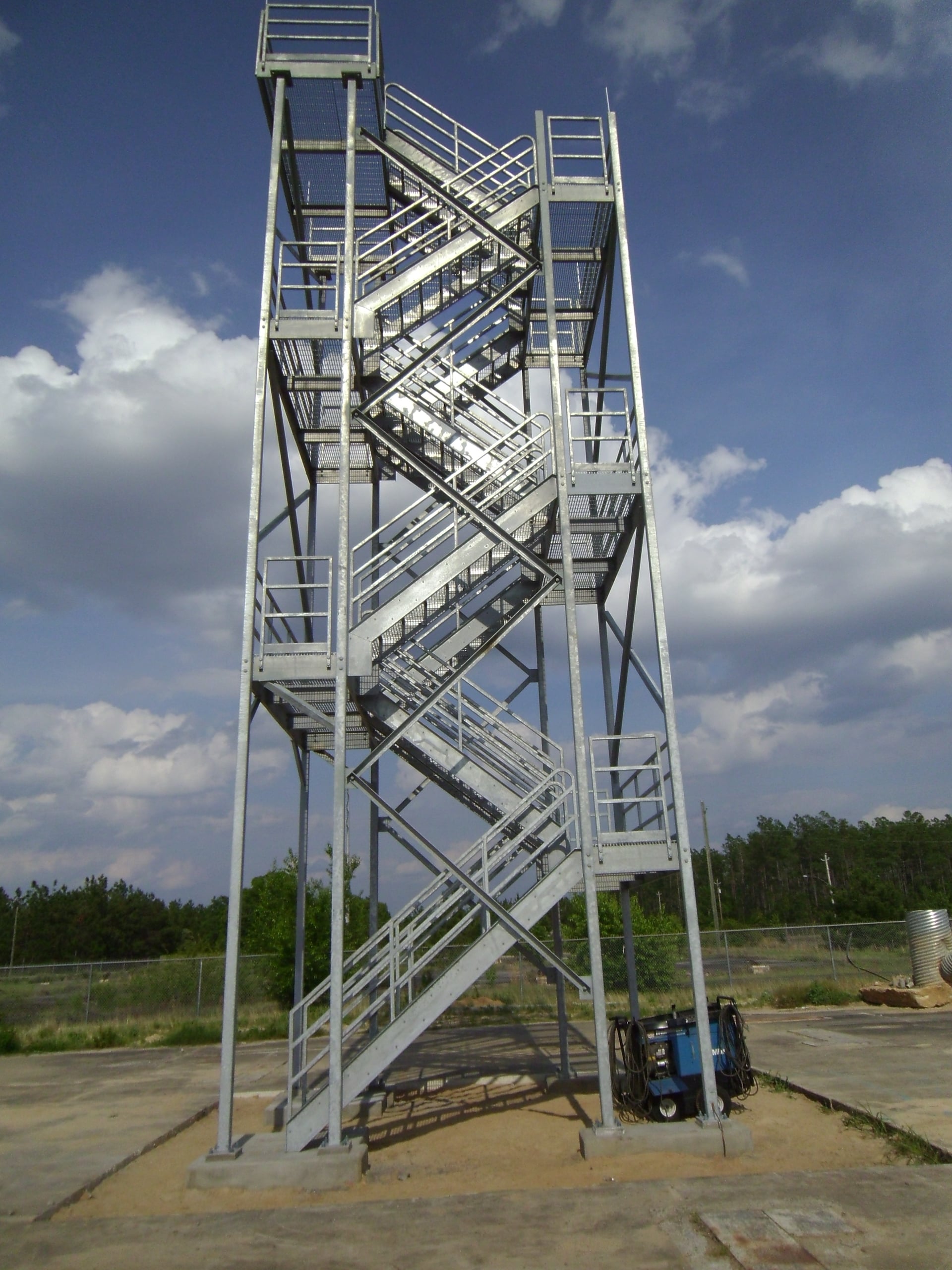
At WHP Trainingtowers™, we have been building fire training towers for over 40 years. Our focus is on firefighter safety. We want as many firefighters as possible to partake in the most realistic firefighter training possible so that lives can be saved. With that goal in mind, we’d like to ask firefighters to rethink how they train. Are your trainings as realistic as possible? Chief Keith Padgett had this to say about keeping it realistic.
Tips to Rethink How You Train
Firefighters work in a wide variety of conditions and environments which, at many times, are extreme in some form or another. How we prepare ourselves for those extreme conditions is important and can change the outcome of an event before we are ever called to respond. Quite often when we train, we don’t drill the same way we would be required to operate, opting to take a less demanding or less challenging means of groundwork. This only hurts us in the long run. It’s the same as not working out with heavy weights or not running those extra miles when attempting to prepare for a weight lifting competition or a marathon. You must train like you work and not cut corners if at all possible.
1. Always Train in Full PPE Gear
When establishing a drill for your crew make sure to set up the training conditions to be as realistic as you possibly can. This begins with the most basic steps and that is working in your Personal Protective Equipment (PPE). This appears to be the first item that will be eliminated by crews when training. They will make excuses as to why they don’t need to wear full gear when ‘it’s only training’. If you don’t practice in your complete PPE, you will never be comfortable when required at the real event. Many times when it’s mandatory to don your entire gear and then perform other tasks that you are either just learning or maybe have not trained on in a while, it becomes apparent that the PPE is another factor that must be addressed. Something that appears as simple as operating a tool or even a radio with your firefighting gloves on, will be difficult and may require some rethinking to accomplish that task.
2. Realistic Firefighter Training Simulations Are Important
Once basic skills have become engrained, the next step would be to build a training scenario to incorporate several components into a real-world training simulation. For example, a simulated overturned motor vehicle crash with entrapment, would include operating vehicle extrication equipment, deploying a charged hose line for safety, utilizing the incident command system, establishing tactical objectives for the emergency scene. The list can go on as it just depends how much detail you want to incorporate.
3. Build Relationships
Even consider including other local fire, EMS departments as well as law enforcement, that may respond as mutual aid. Building a relationship with a wrecking yard in your district to obtain vehicles for this type of training is required, but well worth the effort to create such a training exercise. The countless firefighter training scenarios that can be developed will reward your organization many times over. So, take a few moments to plan your next training event and rethink how you train!
Safety & Innovation
With our focus being on firefighter safety, we are constantly looking for ways to enhance our training towers to make them more realistic and safer. We do this through constant innovation. Many features have been added to the fire training towers over the years making them safer, stronger, and more durable. Here are some examples of products that WHP has introduced to increase safety and durability in the fire training industry.
Steel Railings, Stairs and Ladders
In 2007, WHP Trainingtowers™ began creating structured steel railings, stairs, and ladders for the training towers. They feature a hot-dipped galvanized steel finish that is weather resistant so it not only lasts longer, but saves fire departments time and money due to lower maintenance. While much of the innovation in fire training has a focus on safety, this particular upgrade increased the durability, longevity, and ultimately the value of the structures.
Padgenite Interlock™ System
We started with Padgenite I™ – a calcium-silicate-based thermal lining system that provided the best balance of durability and thermal protection. In 2002, we developed Padgenite Super™. Today, we have raised the bar once again with our patent-pending Padgenite Interlock™ system. The interlocking grid system also makes replacing a broken tile fast and easy. Firefighters can simply remove a few screws and replace any broken panels.
MOD-x™ Modular Training System
In the early days of fire training, firefighters would use repurposed shipping containers as training buildings. These containers could be easily damaged, might contain unknown chemicals in the paint, and required maintenance. This spurred the creation of the MODx™ modular training system uniquely engineered and designed for the fire service. The fully galvanized structural steel frame allows for open floor plans. The walls, doors, and windows can be easily moved, removed, or reconfigured allowing for a wider variety of training exercises within the system. MODx™ can also be easily expanded in the future.
Standardized Railings on Roofs
Unlike other training towers, our towers feature standardized railings on roof surfaces to meet OSHA fall protection compliance codes. Similarly, the rappelling anchor system set the standard for the industry. We upgraded the rappelling anchors to forged hot-dipped galvanized swivel-style anchors making it safer.
HAZMAT Training Props
WHP Trainingtowers™ has also introduced a series of dedicated HAZMAT training props that are all controlled wirelessly. We designed a trailer system for HAZMAT props that can travel to different fire stations, districts, or even states making it possible to reach more firefighters for training. From single props to a complete HAZMAT city, we can design props to prepare firefighters for anything from leaking pipes and exploding drums to falling cylinders and liquid spills. In 2009, WHP designed the first fully integrated HAZMAT training facility for the Los Angeles County Fire Department.
Innovation and Communication
These are just a few examples of the innovative products WHP has introduced over the more than four decades we’ve been in business. By keeping open communication with firefighters throughout the nation and beyond, WHP Trainingtowers™ continues to stay one step ahead of the rest in an industry that protects those who protect the rest of us.




